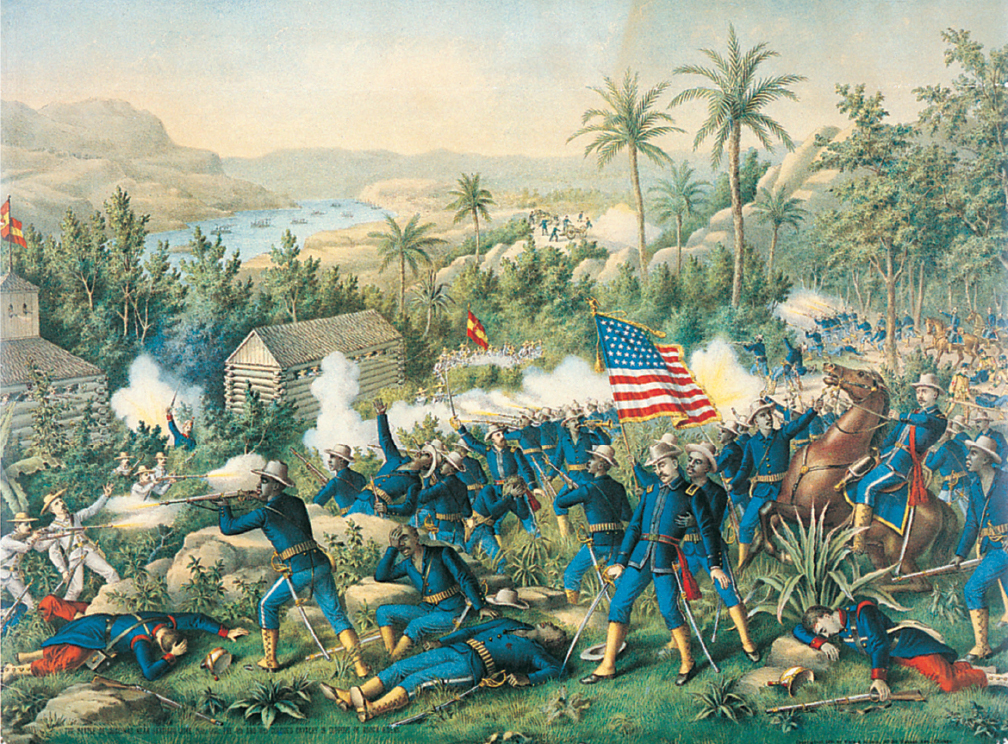America’s Rise to World Power

The United States became a major international power after the 1890s, first in the Western Hemisphere and by the 1940s across the world, renewing debates at home about America’s global role. After defeating Spain in the War of 1898, the United States claimed overseas colonies and asserted control over the Caribbean basin. Though President Wilson attempted to maintain neutrality at the start of World War I, trade ties and old alliances drew America into the conflict on the Allied side. Wilson sought to influence the peace, but Allied leaders ignored his proposals and the Senate rejected the Treaty of Versailles. By war’s end, the United States’s position on the world stage remained uncertain.
The 1920s was an era of dollar diplomacy and U.S. business expansion abroad. In the 1930s, faced with isolationist sentiment at home and the rise of fascist powers in Europe and Japan, the Roosevelt administration steered a middle course. In the late 1930s, it began to send aid to its traditional ally Great Britain without committing U.S. forces, keeping the nation out of the brewing wars in Europe and the Pacific. When the United States entered World War II in 1941, it did so as part of an alliance with both England and the Soviet Union against Germany and Japan (and their ally Italy). The United States emerged from the war as the dominant global power. These events are covered in Chapters 21, 22, and 24.